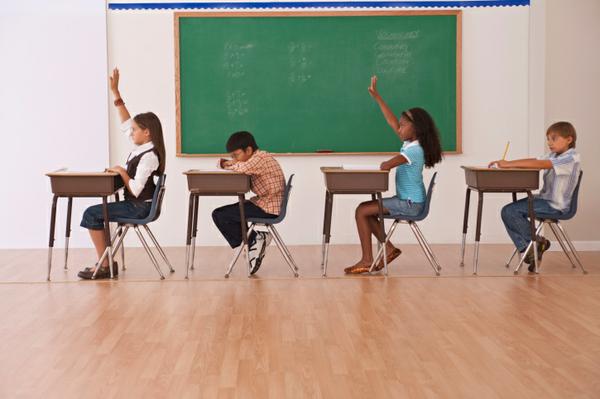Intentional Well-Being
School-aged children have much to teach us adults about ways to be intentional! Whether traditional schooling or home-schooling, there seems to be motivation in the air for growth, new routines, and change.
Comfortable Routines and Plateaus
After our formal schooling, many of us get in comfortable routines and plateaus in life. We forget the excitement, the tension, and the uncertainty of learning new things. The less intentional adults become about learning, the less dopamine and other pleasure chemicals are produced in the brain. Motivation toward change and growth decreases.
I’m inspired from the teaching I’ve received from renowned neuropsychiatrist Dr. Daniel Siegel. The surge of neuro-chemicals, especially in the adolescent years of life, make creativity, social engagement, and novelty more pronounced. Since these same chemicals begin decreasing from ages twenty-five on, it requires intentionality to increase brain activity through learning new skills and experiencing new activities.
Brain Chemicals and Behavior Patterns
My awareness of God’s design of the developing brain throughout our lives drives me to be intentional in my own growth. Awareness exposes the problem and brings solutions into focus, whereas intentionality is the action plan.
I’ve also noticed that many clients walk through the doors of my counseling office, sign up, participate in a series of sessions, and make remarkable progress. Their lives are changed and their relationships move toward health and well-being. Others don’t.
For some, intentionality toward change is a natural and practiced way of living. For others, it’s easily forgotten or avoided.
Neurochemicals are among many other things that decrease with age. Just as we need intentional exercise and nutrition, we need to be more intentional about our mental and emotional growth. Beyond our formal schooling, we need intentional mind-challenging and experiential activities.
With each new thing we learn, we can now think of what neuroscientists call neuroplasticity; new growth in the brain.
The difference is intentionality.
New Year’s resolutions are examples of intentions. Plans, strategies, ideas, goals, objectives, and desires are prerequisites to any change. Accountability groups, to do lists, charts, and written goals are great ways to make personal changes.
Teachers use incentive charts for classroom discipline and motivation. Some parents condition their children to do daily jobs with a chore chart and stickers. Therapists may help a client track their medication and moods by using a mood chart for a period of time to measure effectiveness of treatment.
Whether it’s exercising, being more organized, eating healthier, or managing time, many of us are intentional about changing for the better.
Be intentional. . . make a plan. . . allow school children to show us how.
Questions to Ponder
How have you been motivated within the last couple weeks?
What new things are you learning?
What ways have you been intentional?



